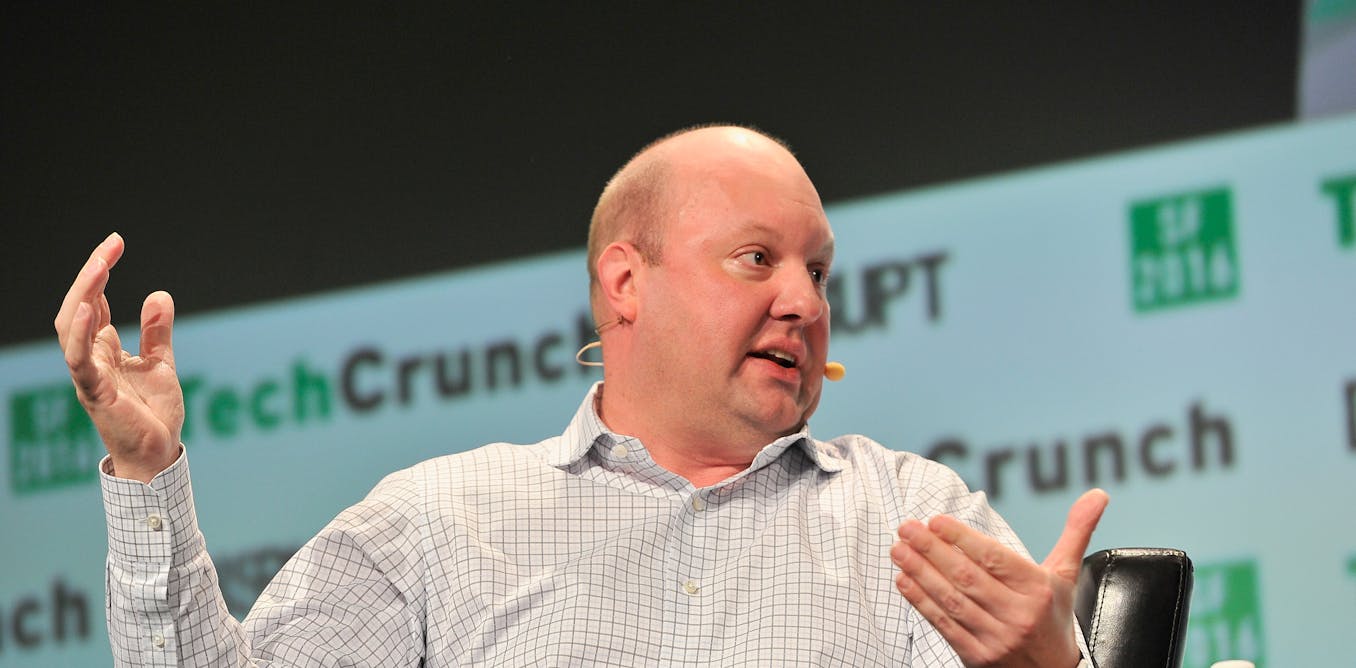What is ‘techno-optimism’? 2 technology scholars explain the ideology that says technology is the answer to every problem

🌈 Abstract
The article discusses the concept of "techno-optimism" and its implications, as exemplified by the views of venture capitalist Marc Andreessen. It examines the potential pitfalls and limitations of the belief that technology can solve all of society's problems.
🙋 Q&A
[01] Techno-optimism
1. What is techno-optimism and how does it relate to technological progress?
- Techno-optimism is the belief that there is no material problem that cannot be solved with more technology.
- Techno-optimists, such as Marc Andreessen and Elon Musk, believe that unrestricted technological progress can boost markets, broaden energy production, improve education, and strengthen liberal democracy.
- Techno-optimism suggests that technological progress can solve every problem known to humans, a belief also known as techno-solutionism.
2. What are the potential issues with techno-optimism?
- Techno-optimism can lead to the dismissal of commonsense guardrails or precautions, such as regulations to address issues like traffic congestion or protect livelihoods.
- Some champions of techno-optimism, such as Bill Gates, use philanthropy to promote their techno-optimist causes, which may be more about public relations than addressing the root causes of problems.
- Embracing techno-optimism can have political, environmental, and economic ramifications, often favoring the interests of those already in power over the rest of society.
- Techno-optimism can lead to a willful blindness to the fact that many of society's problems, like technology itself, are made by humans.
3. How has techno-optimism influenced initiatives to promote high-tech entrepreneurship in low-income communities?
- State-run programs and public-private partnerships have sought to narrow digital divides and increase access to economic opportunity, often embracing a techno-optimistic mindset.
- These initiatives have invested in tech-heavy fixes without addressing the underlying inequality that led to digital divides in the first place.
- Solving complex problems like persistent poverty requires a combination of solutions, not just technological fixes.
[02] Limitations of Techno-Optimism
1. How have the limitations of techno-optimism been observed in the context of social media?
- Social media technologies were initially promoted as an opportunity to connect the disconnected and bring information to anyone who might need it.
- However, while offering superficial solutions to loneliness and other social problems, social media has failed to address their root structural causes, such as the erosion of public spaces, the decline of journalism, and enduring digital divides.
2. What is the overall perspective of the authors on the limitations of techno-optimism?
- The authors argue that insisting on a technological fix for every problem in the world seems not just optimistic, but also rather convenient if you happen to be among the richest people on Earth and in a position to profit from the technology industry.
- Solving intractable problems like persistent poverty requires a combination of solutions, not just technological fixes.
Shared by Daniel Chen ·
© 2024 NewMotor Inc.